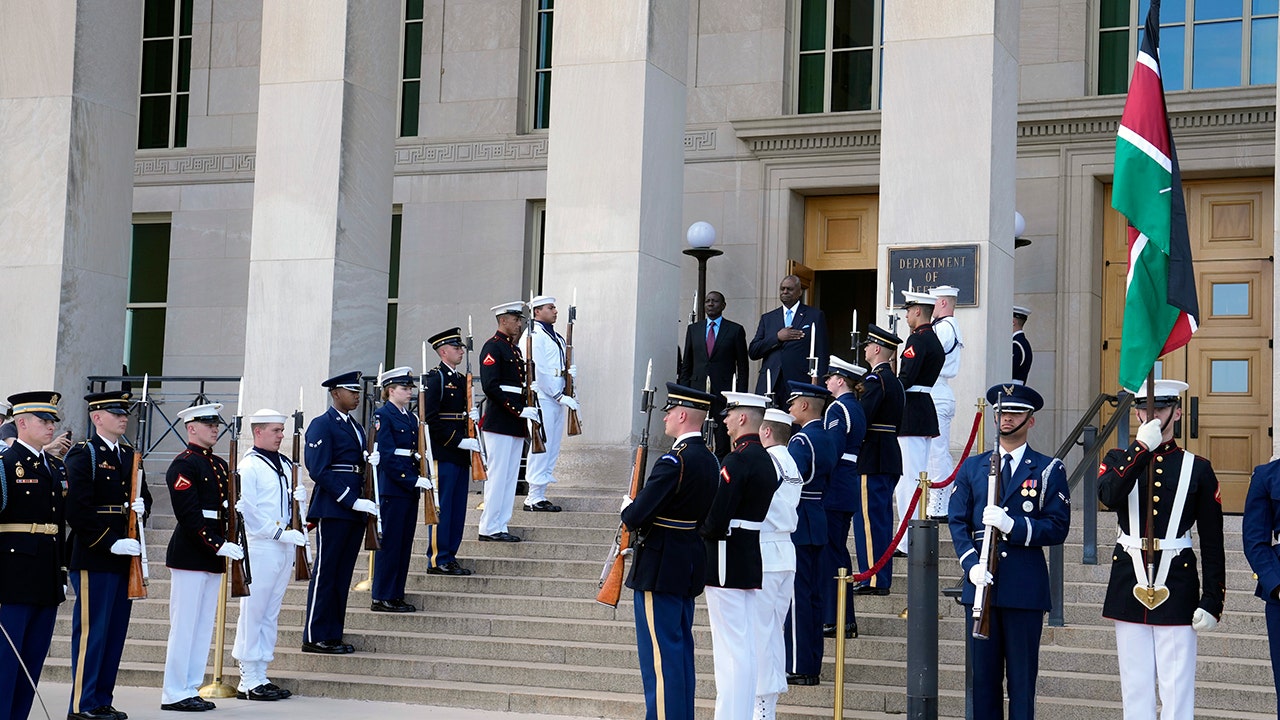Narendra Modi’s first decade as India’s prime minister came with its fair share of surprises. None, however, looked anything like what happened on Tuesday morning when he won his second re-election, but lost his party’s majority in Parliament.
With that loss, Mr. Modi’s air of invincibility also appeared to be fading for the first time since he took office in 2014.
The election results were especially shocking because, after nearly seven sweaty weeks of voting across the country, exit polls released just days before the final tally showed that Mr. Modi’s Bharatiya Janata Party would win in a landslide, as it had twice before.
Instead, the Bharatiya Janata Party won only 239 seats, well short of the 272 needed to form a government. The opposition alliance, led by the Indian National Congress Party, took 235 seats.
With the 52 seats won by B.J.P. allies, Mr. Modi will remain on top. But his allure has been diminished, and his leadership has fundamentally changed.
Modi’s air of invincibility was punctured.
When Mr. Modi came to power in 2014, he promised economic progress, an end to corruption and to promote Hinduism as being central to India’s identity. Through it all, he presented himself as a uniquely strong leader, capable of marshaling his followers to work for the nation.
This was in contrast to the previous government. Before Mr. Modi was first elected, India spent 25 years being governed by coalitions. Prime ministers from the Congress Party, the B.J.P. and smaller third parties took turns running India by committee. Mr. Modi broke with that tradition, leading a new single-party system dominated by the B.J.P.
As leader, Mr. Modi showed little interest in sharing power. When he invalidated most of India’s paper currency in 2016, not even his finance minister knew about the decision in advance. When he decided to impose martial law on Jammu and Kashmir, India’s only Muslim-majority state, he presented the plan to Parliament as a done deal, without seeking approval.
But those days are over.
The two biggest parties that have emerged as the B.J.P. ’s new coalition partners are led by N. Chandrababu Naidu and Nitish Kumar, veteran lawmakers who are known as technocratic moderates. Both are likely to demand greater authority in Parliament. In fact, both have been eyed as possible candidates for prime minister, if there were to be another coalition led by neither the B.J.P. nor the Congress.
India’s political map was remade overnight.
When the first nationwide electoral maps showing the number of seats gained and lost in Parliament were revealed on Tuesday, they showed a striking new pattern.
The maps showed that Mr. Modi’s party lost swaths of territory across states in the Hindi-speaking north that were considered B.J.P. strongholds.
At the same time, the B.J.P. made inroads in regions that had resisted Mr. Modi in the past. He lost dozens of seats in the northern state of Uttar Pradesh, but he gained plenty in the eastern state of Odisha and the southern state of Telangana.
The only part of the country that now looks unified by one party is the “tribal belt,” which weaves across the central states. Its relatively poor communities have been skillfully targeted by the B.J.P.’s Hindu-first politics and welfare benefits.
India’s Wall Street twisted and turned.
Investors in India’s stock markets in Mumbai responded eagerly to the early exit polls. On Monday, they went on a buying spree, driving up the prices of so-called Modi stocks, those associated with the prime minister’s spending priorities or thought to benefit from his fiscal policies.
When the actual vote results were counted, those stocks came crashing down. Shares in the Adani Group’s flagship stock lost about 19 percent of their value in one day of trading. The blue-chip index lost about 6 percent, nearly wiping out its gains from the first five months of the year.
Mr. Modi remains popular with India’s business tycoons, but investors need to find out which companies will stand to benefit from a new government.
Chris Wood, the global head of equity strategy at Jefferies, an investment bank, warned last year that if Mr. Modi were to lose he “would expect a 25 percent correction, if not more” in the Indian stock market. Historically, Indian companies have done just as well during periods of coalition government. So, Mr. Wood said, even without Mr. Modi in power, he expects stocks to “bounce back sharply” based on the strength of the country’s economy as a whole.
Coalition politics are back — expect a game of musical chairs.
This new era in Parliament is sure to begin with a few rounds of political retribution. Politicians who failed to deliver seats for their bosses will be shown the door. Smaller parties are likely to demand cabinet positions, which will mean replacing members of the B.J.P.
Policies will need to be revised. Will India lean into export manufacturing, aiming to replace China as the world’s factory? Will it move to protect local industries that fear foreign competition?
Milan Vaishnav, a senior fellow at the Carnegie Endowment for International Peace, cautioned that India cannot exactly return to the coalition politics that preceded Mr. Modi. His new partners are likely to make demands that match the authoritarian style Mr. Modi exercises from New Delhi.
The kind of state leaders he now needs as coalition partners “are just as absolutist as the national government,” Mr. Vaishnav said. They could, for instance, call for federal police agencies to arrest opponents, as Mr. Modi has done.
India’s election was the biggest conducted in the history of democracy, with more than 600 million voters casting ballots in six phases. This time, there were no complaints about the electronic voting machines, or fears that India had become a dictatorship under Mr. Modi.
In a difficult speech delivered on Tuesday night from the B.J.P. headquarters, Mr. Modi called the election a “celebration of democracy.”






